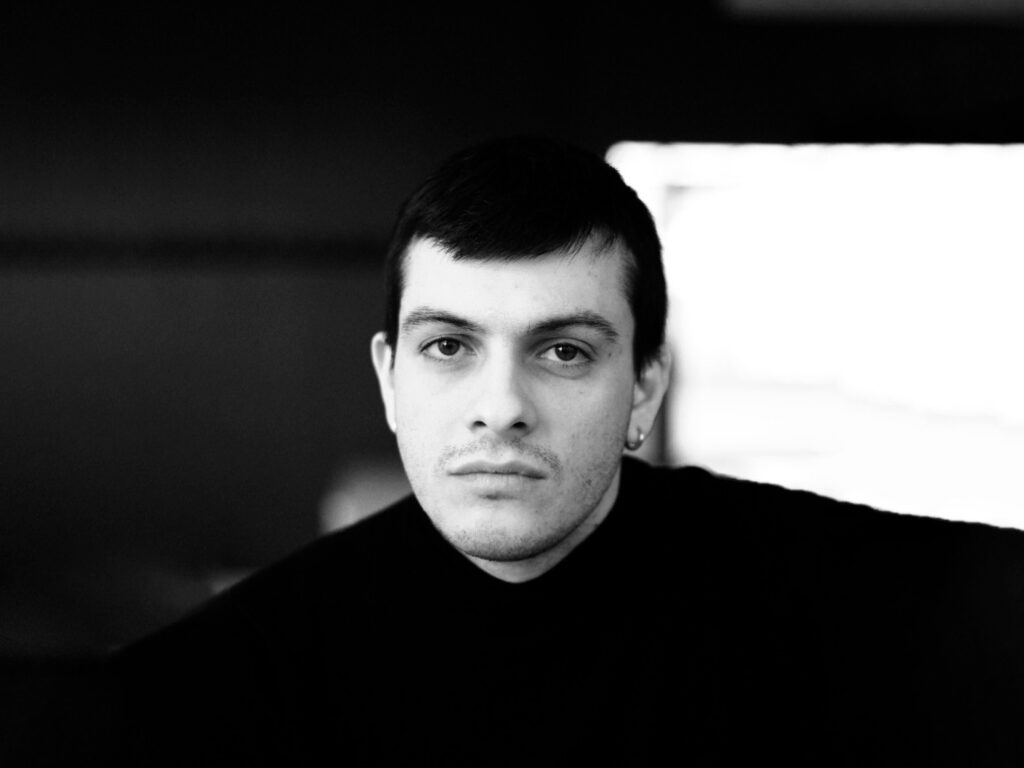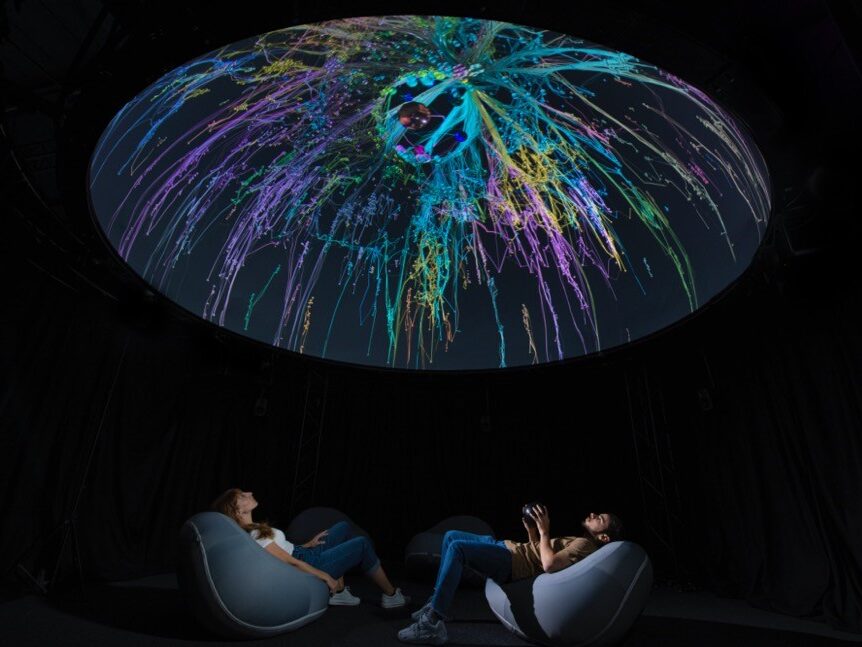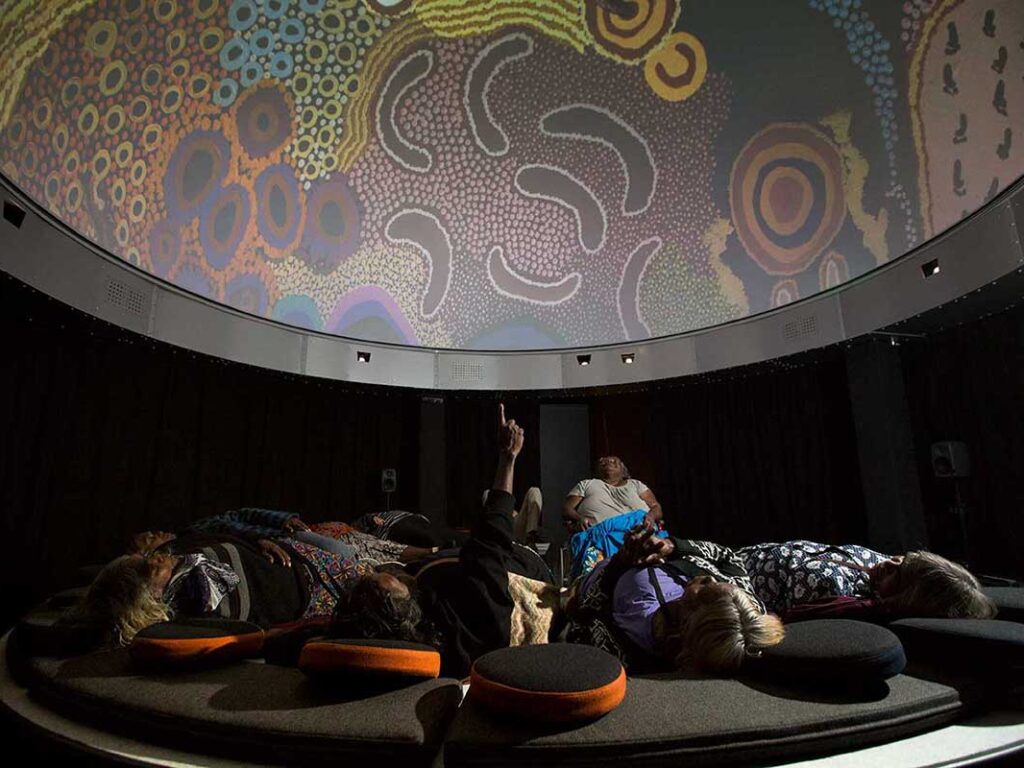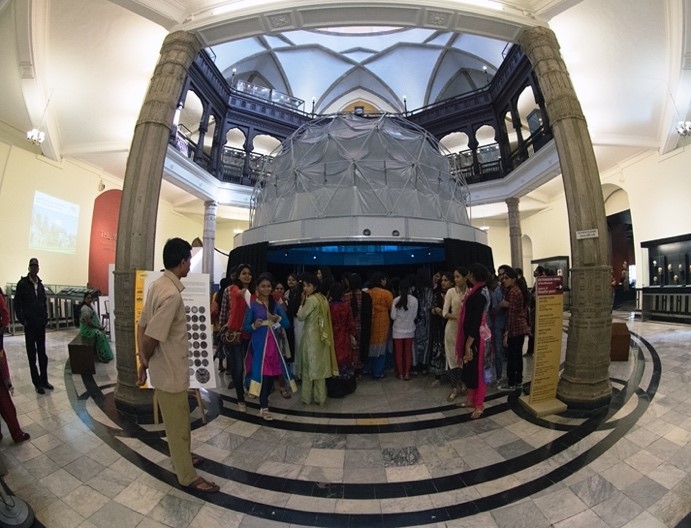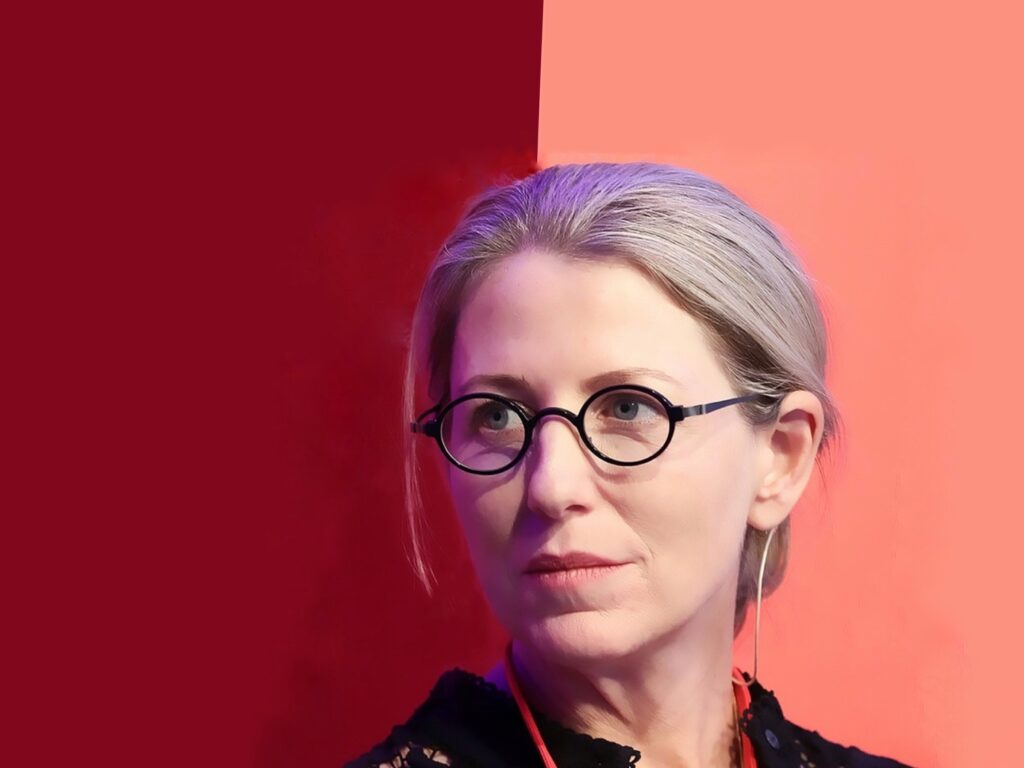key details
27 September 2021
Onsite at ARCHiVe / Online on Zoom
4pm — 6pm (CET)
about
Participating in the celebrations for the 70th birthday of Fondazione Giorgio Cini, Adam Lowe and Frédéric Kaplan, introduced by Renata Codello, Secretary General of the foundation, presented the methods and technologies in use for the monitoring and recording of the Island of San Giorgio Maggiore and the surrounding waters.
This presentation explains the 3D recording methods and the data processing actions to the audience at ARCHiVe, introducing the possibilities offered by these innovative techniques.
Adam Lowe explains the project of documenting the Island of San Giorgio Maggiore, starting from the photogrammetry recording of the Basilica of San Giorgio Maggiore by Andrea Palladio, then of Fondazione Giorgio Cini architectures and spaces. Concludes Frédéric Kaplan explaining the process of analysis of recorded data, introducing to the idea of a “mirror world”.
This talk introduces the topics later developed in the course Three-dimensional digitization curated by Factum Foundation in 2021.








































